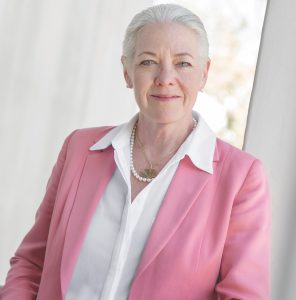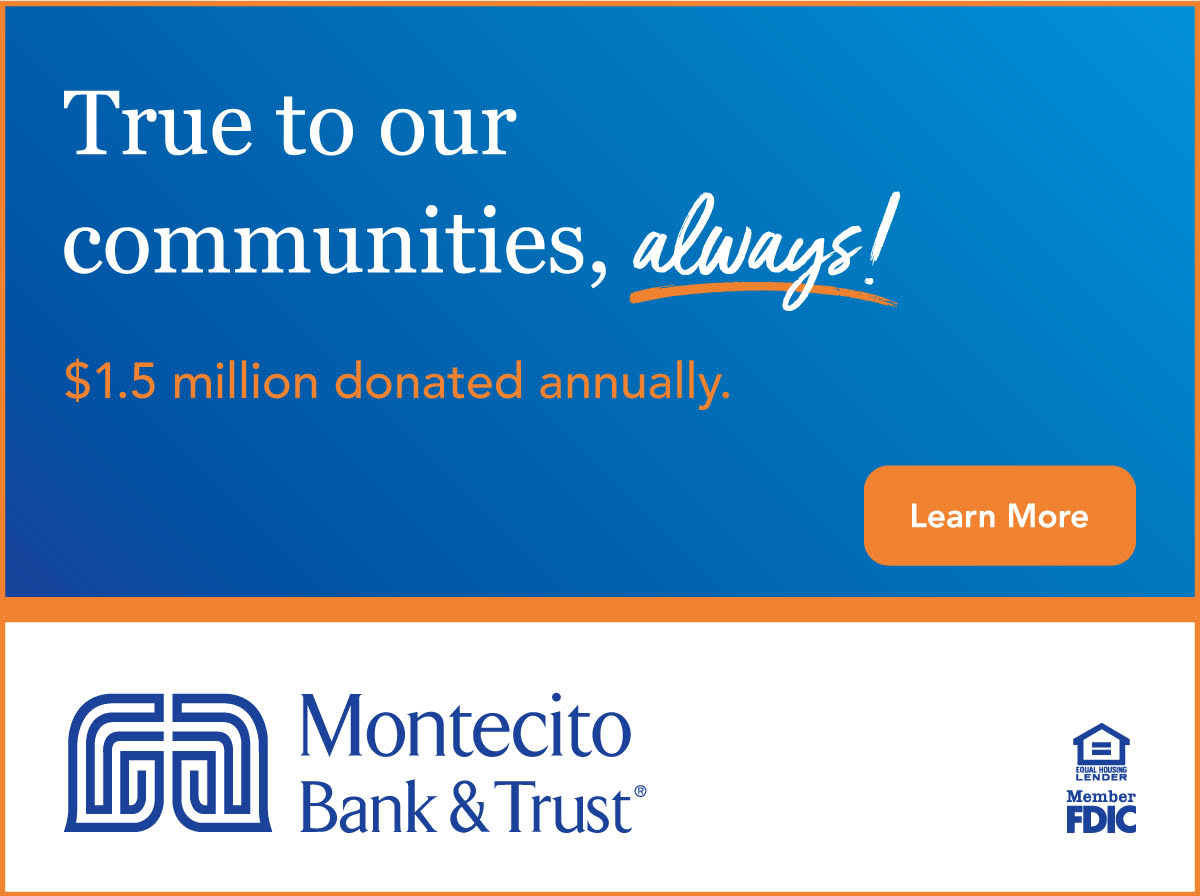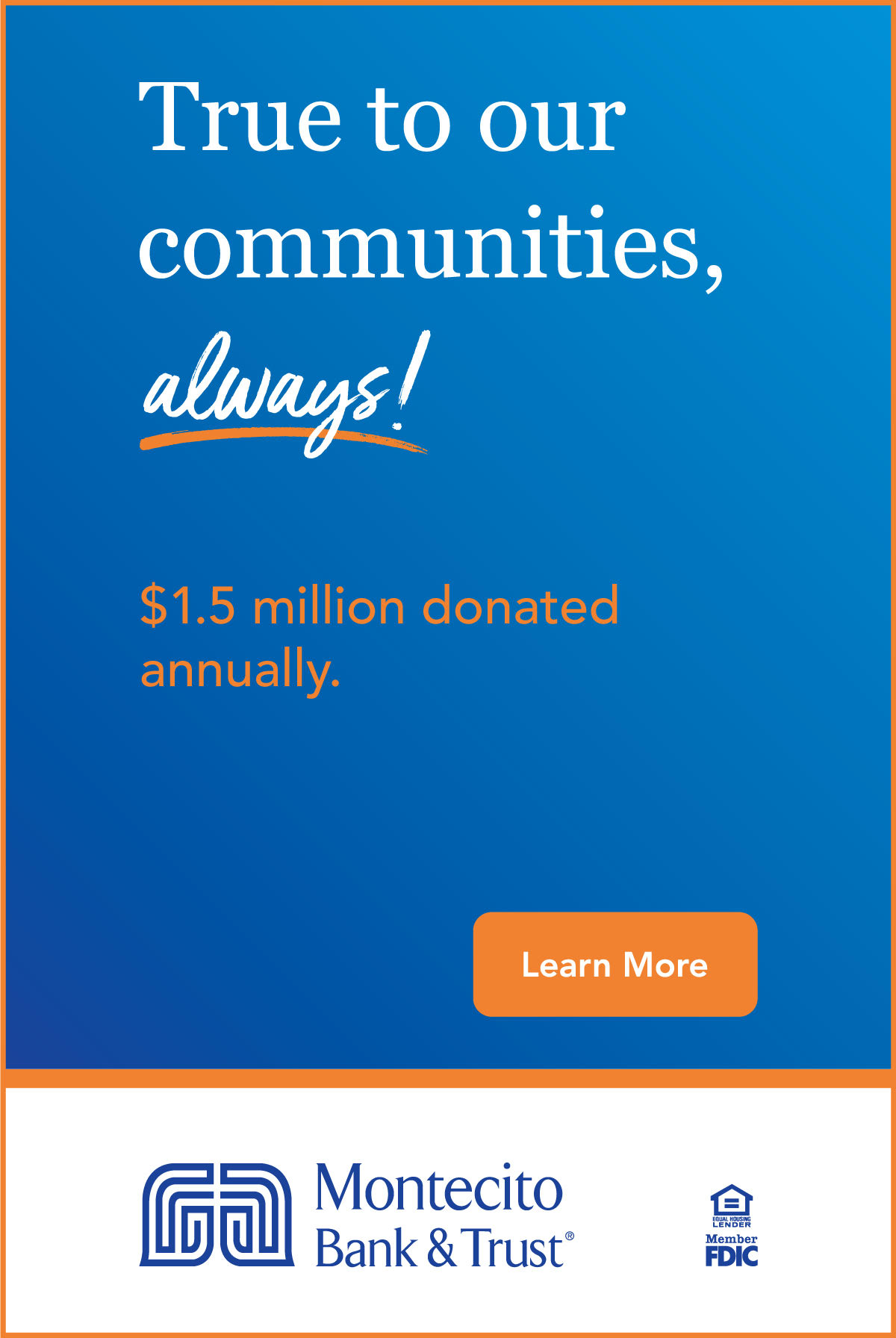White Buffalo Land Trust
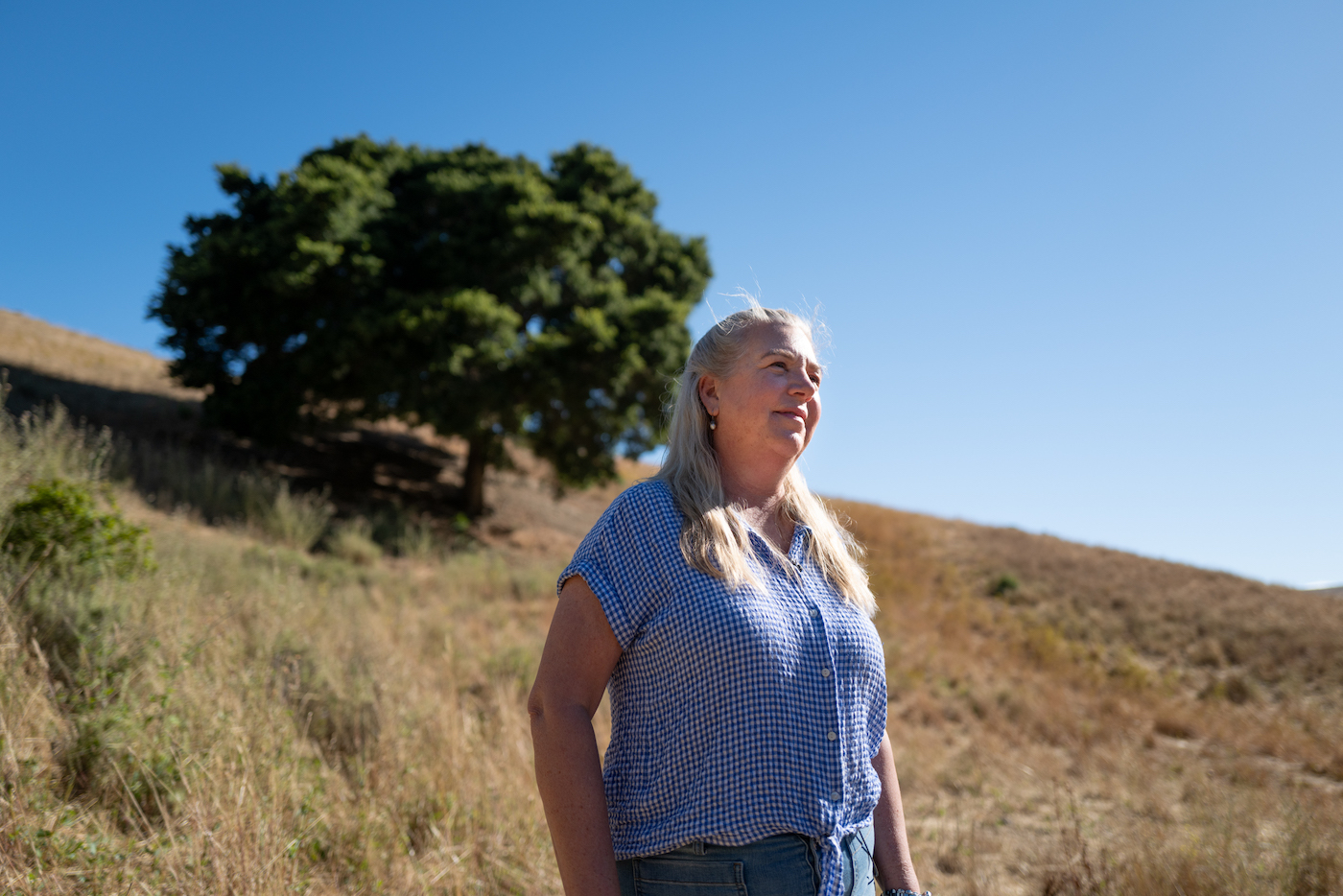
An art show at a downtown Santa Barbara gallery might seem to have little to do with a nonprofit working with systems of regenerative agriculture. As it turns out, though, one of the series in Holli Harmon’s To Feast on Clouds exhibit on display at Sullivan Goss – An American Gallery through September 25 is directly connected to White Buffalo Land Trust (WBLT) as it represents the pilot of the organization’s new Artist in Residence program.
With its projects at Jalama Canyon Ranch, WBLT is working to restore the ecosystem by practicing, promoting, and developing systems of regenerative agriculture. Re-imagining of our agricultural and food systems involves evolution of land stewardship and the redesign of our food system to address the climate, biodiversity, public health, and food security challenges facing the world today. The nonprofit is committed to radically shifting how we grow our food, our fiber, and our medicines so that these acts that are critical to human survival can be done in ways that are in service of ecological function, of community health, and of planetary resilience.
Making such significant changes also calls for thinking outside the box across the board, including ways to reach people with the significance of their work, explained Ana Smith, WBLT’s Director of Programs and Engagement.
“Four years ago, when we began to envision the possibilities that Jalama Canyon Ranch could offer to our work, we also identified the important role that art has in shifting cultural narratives,” Smith said. “We saw art and engaging with artists as an opportunity to tell this different story of agriculture and how the role of humans as stewards of our ecosystem can look different than it might look through our current cultural narratives.”
The horrific impacts of climate change have resulted in an underlying narrative that the only solution is for humans to reduce our footprint because we are destroying the planet, Smith explained. “But what we need is a shift in understanding that we as humans are not inherently having a negative impact on the ecosystem. We actually have a role to play in creating the conditions for healthy communities, healthy food, and ultimately a healthy ecosystem. Artists can really help to shift that narrative.”
The historical and celebrated works of art that depict the rows of single crops like in the Norman Rockwell painting are still the standard of what the food system looks like for many people, Smith said.
“Artists are the sounding board of our culture,” she said. “They have such an important role to play in shifting hearts and minds and actions of our society on a greater scale.”
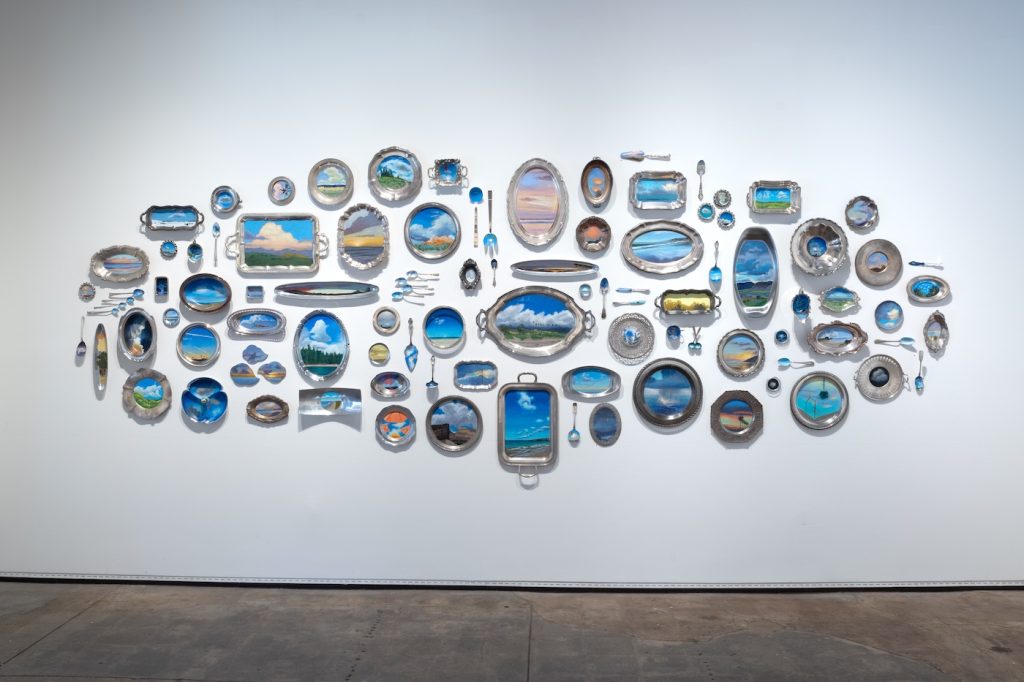
The plan for the WBLT’s Artist in Residence Program is to encourage the participant to fully explore the ranch, use its facilities as working space, engage with the WBLT team, and participate in the organization’s ongoing programming. The goal is for the artist to interpret the five ecological sites of Jalama Canyon Ranch that are indicative of Mediterranean regions worldwide as a way to help tell the story of its evolution through regenerative agriculture principles and practices via their chosen medium. To pilot the program, WBLT picked Harmon, a local Santa Barbara printmaker and painter known for her embrace of history and mythology, as well as her love of novel processes and media. Harmon’s work revolves around human experiences that are connecting points between different cultures and generations, set in iconic California imagery, which aligned well with WBLT’s own mission.
“We both dove right in,” Smith said. “Holli came to our land steward training programs, participated in tours with different experts who were looking at the different ecological sites – the oak woodlands, the rangelands. She visited on volunteer days, and came out and did her own photography and painting and collecting of plants and specimens, really immersing herself in our work of what our food system could look like and then applying her own creative process.”
The result of that year-plus-long experience is currently hanging on the walls at Sullivan Goss in Harmon’s “Farmer Almanac Series” as part of the artist’s To Feast on Clouds exhibit that portrays the positive impact humans can have on the planet. The series of gouache paintings were created on pages printed from an 1800s farmer’s almanac that Harmon found, the artist utilizing the antique almanac as a nod to the ancestral agricultural principles valued in regenerative agriculture. The collection’s 12 pieces represent the calendar month, with Harmon painting scenes of the livestock, native flora and fauna, and ecological sites found at Jalama Canyon Ranch over the changing season on top of the printed pages. The painted almanac pages were then mounted on cyanotype prints Harmon created from the native plant materials of the ranch.
“We’re incredibly thrilled with the collection Holli put together,” Smith said. “It’s fascinating how she put different mediums together, using our grasses and elderberries that are really important to how we’re thinking about the management and stewardship of the ranch. Having her highlight those things through cyanotypes, which is one of the oldest forms of photography, was such a beautiful integration of history and what’s happening now on the landscape. There’s so much intentionality and thoughtfulness that went into each piece.
With the pilot nearly complete, WBLT plans to officially launch the Artist in Residence program in early 2024, with an eye toward engaging with artists from a variety of media beyond fine art, including poetry, musicians, dancers, photographers, and more who have a desire to join their muse with the Jalama ranch. The artists will be able to immerse themselves in the ranch and all of the ongoing regenerative agricultural work in whatever way inspires them, and collaborate on creating community engagement for what they come up with.
“We are really excited about how artists who experience the ranch and what we do here and engage with our team will want to share this re-imagining of agriculture and re-imagining of humans as having a positive impact on our ecosystem,” Smith said.
WBLT is already accepting donations to help fund the program.
White Buffalo Land Trust
Ana Smith, Director of Programs and Engagement
(805) 637-5497
www.whitebuffalolandtrust.org
White Buffalo Land Trust
Donate now!www.whitebuffalolandtrust.org
(818) 426-1398
Director of Development: Sam Franz
Together We Are a Restorative Force
Together, we have the opportunity to bring a different perspective of optimism to some of the most daunting challenges we face today.
At our 1,000-acre Center for Regenerative Agriculture at Jalama Canyon Ranch, we are practicing, promoting, and developing systems of regenerative agriculture for local, regional, and global impact through our hands-on land stewardship, data collection and monitoring, and education and training programs. We are reimagining a resilient and nourishing food system.
We don’t have to settle for sustaining depleted resources. We can do better than that. We have the ability, the capacity, and the skills to implement these practices and be genuine positive stewards of this planet. Check out this short film to see our relentless optimism in practice.
Mission
White Buffalo Land Trust practices, promotes, and develops systems of regenerative agriculture for local, regional, and global impact.
Begin to Build a Relationship
We know you care about where your money goes and how it is used. Connect with this organization’s leadership in order to begin to build this important relationship. Your email will be sent directly to this organization’s director of development and/or Executive Director.
Our law firm is proud to support White Buffalo Land Trust’s work to make our world a better place. White Buffalo’s leadership is shifting our local agricultural and food systems while furthering climate goals, increasing biodiversity, restoring the water cycle, and improving soil quality and human health. Few organizations are true innovators, creating knowledge and a demonstration project that’s brand new. White Buffalo Land Trust is one of them.
Help Build the Climate-Appropriate Plant Nursery
White Buffalo Land Trust (WBLT) is seeking $20,000 to expand its nursery of native and climate-appropriate plants, a cornerstone of its mission to restore ecosystems, increase biodiversity, and foster community education. The nursery at Jalama Canyon Ranch supports key watershed restoration projects and enhances biodiversity in working landscapes.
“For too long, many people have assumed that agriculture cannot help address the biodiversity crisis. White Buffalo Land Trust is demonstrating that we can have our almonds and native pollinators as well as a model for a diverse farm that meets the needs of humans and the rest of nature. They are leading the way in showing how agriculture on the Central Coast needs to evolve so that all species can thrive,” says Steve Windhager, Ph.D., Executive Director, Santa Barbara Botanic Garden.
Key Supporters
Manitou Fund
Roberto Foundation
WOKA Foundation
Macdoch Foundation
James S. Bower Foundation
Patricia & Paul Bragg Foundation
G.A. Fowler Family Foundation
Natalie Orfalea Foundation
UGG
TomKat Education Foundation
Coyuchi Philanthropy Fund
Dancing Tides Foundation
Santa Barbara Foundation
Zegar Family Fund
Williams Corbett Foundation
Hutton Parker Foundation
Ann Jackson Family Foundation
Land Trust
for Santa Barbara County
Gaviota Coast Conservancy
CA Dept of Agriculture
U.S. Dept of Agriculture
